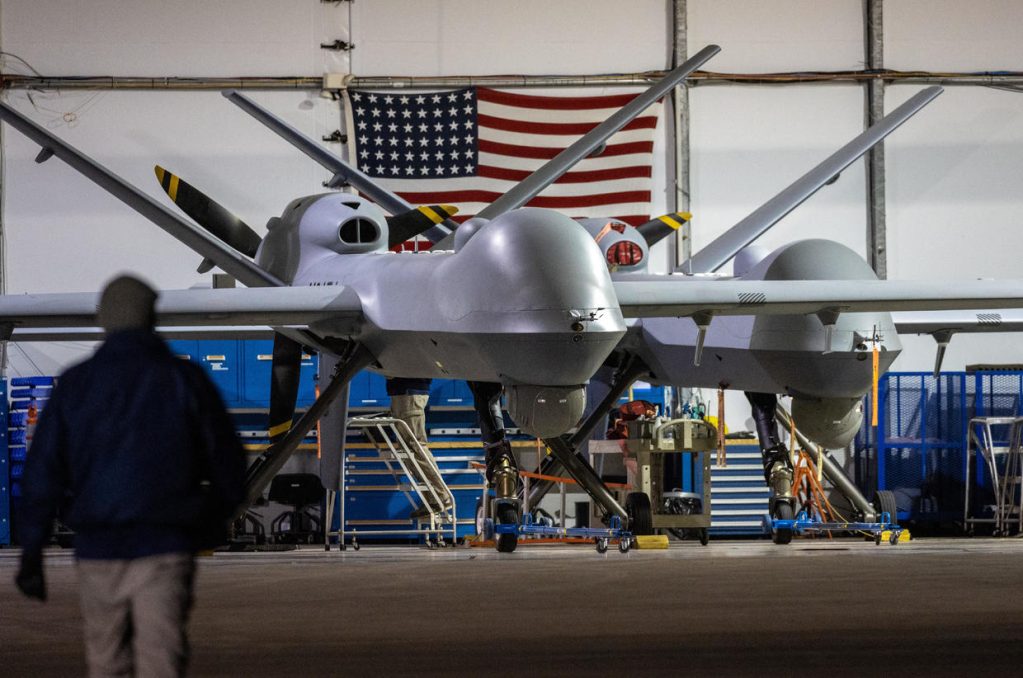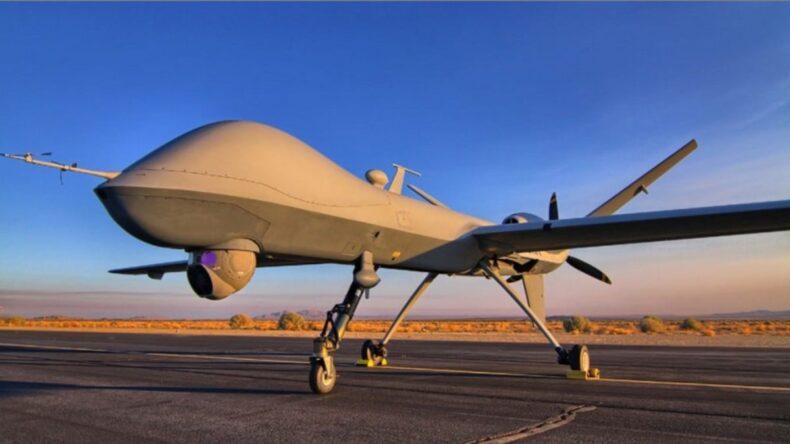Amidst escalating tensions and security concerns, India has taken a significant step to safeguard its national interests by barring the use of Chinese-made components in domestic military drone manufacturing. This move comes as part of India’s broader military modernisation efforts to enhance its unmanned aerial capabilities. The decision highlights India’s commitment to securing its sensitive defence infrastructure and preventing potential vulnerabilities.
Table of Contents

Security Concerns Drive the Ban
In recent months, India has imposed restrictions on domestic manufacturers of military drones, preventing them from incorporating components made in China. The primary motivation behind this move is the concern that including Chinese-made parts could compromise national security. Authorities fear that such components, especially in communication functions, cameras, radio transmission, and operating software, may contain security vulnerabilities that could be exploited for intelligence-gathering purposes.
The decision reflects India’s proactive stance in safeguarding sensitive military technology from potential cyber threats and espionage activities. As China’s involvement in cyberattacks has been widely debated, India’s move is aligned with the growing global consensus on the need to ensure the integrity and security of defence systems.
Tensions and Military Modernization
The ban on Chinese drone components occurs in the backdrop of strained relations between India and China, particularly along their disputed border. India’s commitment to military modernisation and incorporating advanced drone technology into its defence strategy has created a pressing need for robust cybersecurity measures. As Prime Minister Narendra Modi seeks to bolster India’s drone capabilities, the ban underscores the imperative of securing cutting-edge technology against potential threats.
Challenges and Implications
While the ban reflects India’s resolute commitment to security, it also presents challenges and implications for the country’s burgeoning drone industry. The move has led to an increased cost of domestic drone manufacturing, as manufacturers are forced to seek alternative sources for components. A substantial portion of the supply chain, approximately 70%, had previously relied on Chinese-made parts. The transition to non-Chinese suppliers has led to higher expenses, impacting the cost-effectiveness of drone production.
Moreover, India’s dependency on foreign manufacturers for both parts and entire drone systems highlights the country’s existing technology gaps. While India has made strides in drone technology, certain specialised types of drones remain beyond their current capabilities. The ban emphasises the need for India to bolster its indigenous research and development efforts to bridge these technology gaps.
Towards Self-Sufficiency and Innovation
Despite the challenges, India’s ban on Chinese drone components underscores the nation’s drive towards self-sufficiency and innovation in defence technology. India’s defence budget allocation for domestic industry underlines the commitment to enhancing research and development, particularly within the private sector. However, experts highlight that more investment is needed to spur innovation and reduce the country’s dependence on foreign technology.
Addressing Emerging Threats
In an era marked by rapid technological advancements, ensuring the integrity of defence systems is paramount. With nations increasingly relying on drones for surveillance, reconnaissance, and tactical operations, vulnerabilities in these technologies can have far-reaching consequences. India’s proactive measure to exclude Chinese-made components from its military drones reflects a strategic awareness of emerging security threats and a dedication to proactive risk mitigation.
India’s decision to bar the use of Chinese-made components in military drones underscores its proactive stance in safeguarding national security and defence technology. The move reflects the broader global trend of nations prioritising cybersecurity and mitigating potential vulnerabilities in sensitive defence systems. While challenges exist, the ban also presents an opportunity for India to enhance its indigenous research and development efforts, fostering innovation and self-sufficiency in drone technology. As India’s military modernisation journey continues, the nation’s ability to strike a balance between security imperatives and technological advancement will be crucial in shaping its defence landscape for the future.













